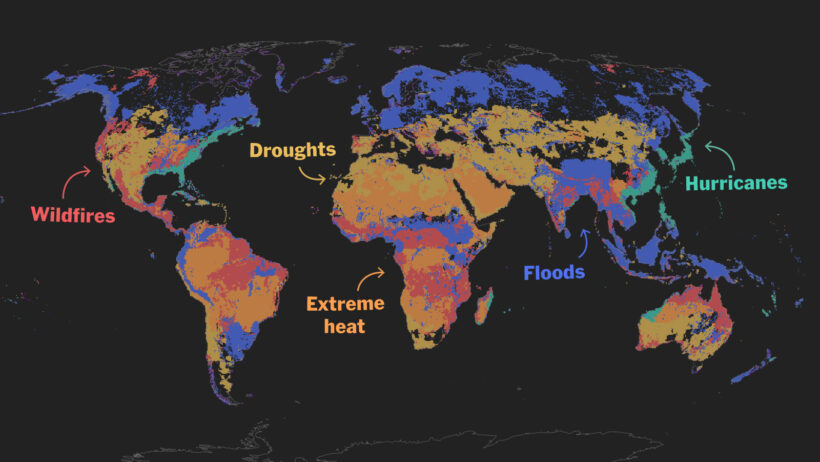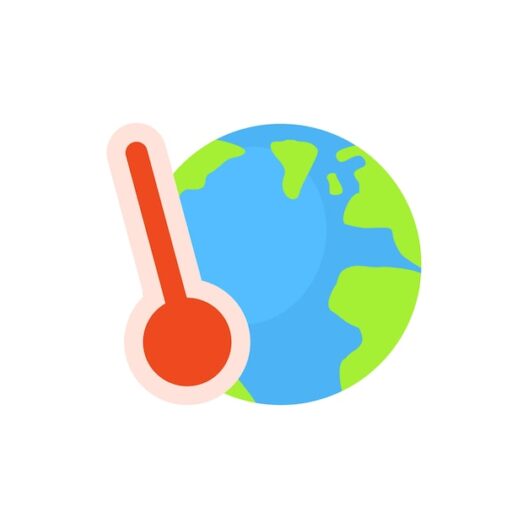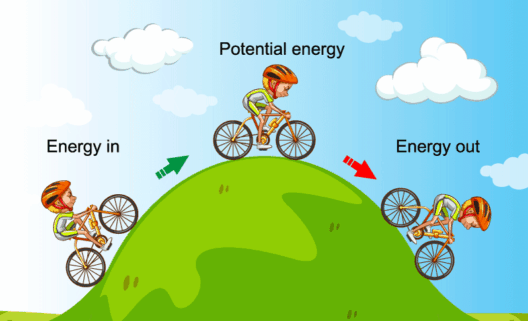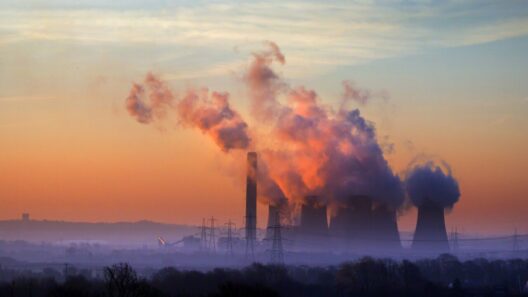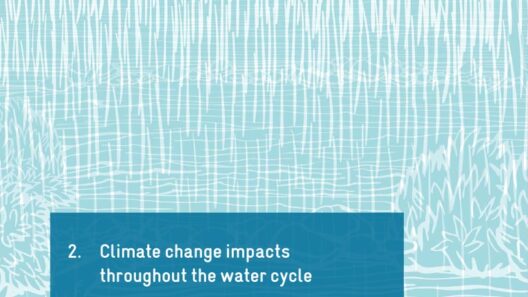Our Atmosphere Under Pressure: How Global Warming is Reshaping the Air Around Us
Have you ever looked up at the sky and wondered what secrets it holds? The atmosphere, a vast and intricate tapestry, is undergoing profound changes due to the insidious rise of global warming. This phenomenon is not merely an environmental issue but a multifaceted challenge with implications for human health, ecosystems, and even our climate. But what exactly is happening to the air we breathe, and what does it mean for our future?
The atmosphere is composed of several layers, each playing a quintessential role in Earth’s climate and weather systems. From the troposphere, where we experience weather, to the stratosphere, which houses the ozone layer, the dynamics within and between these layers are becoming increasingly unstable. As temperatures continue to rise steadily, the delicate balance of this system is being jeopardized.
One of the primary drivers of global warming is the unprecedented acceleration in greenhouse gas emissions, particularly carbon dioxide (CO2) from activities such as burning fossil fuels and deforestation. These gases act like a blanket around the Earth, trapping heat that would otherwise escape into space. The consequence? A warming atmosphere that alters air density, pressure, and circulation patterns, thereby influencing weather systems globally.
Consider the motive force of air pressure. The consistent changes in atmospheric pressure are prompting erratic weather patterns, resulting in catastrophic events such as hurricanes, floods, and droughts. The alteration in air pressure is also diluting the consistency of the winds, which can exacerbate the severity of storms. Have you ever asked yourself how a slight change in the air can produce such drastic consequences? The answer lies in the complex web of interactions within the atmosphere.
Amid these atmospheric disturbances, the question arises: how do changes in air quality affect human health? Elevated temperatures can exacerbate air pollution, compounding the health risks associated with particulate matter and ground-level ozone. Vulnerable populations, including the elderly and those with pre-existing respiratory conditions, face augmented risks, which brings us to a critical juncture in public health policy. As air quality declines, the prevalence of diseases such as asthma and cardiovascular issues rises. Imagine a scenario where children cannot play outside without the threat of inhaling harmful pollutants. This is not a distant possibility; it is emerging as an alarming reality.
Moreover, climate change is also affecting the chemical composition of our atmosphere. The increase in CO2 levels is leading to phenomena such as ocean acidification, which alters carbonate chemistry and diminishes the ocean’s ability to absorb carbon. This loop feeds back into the atmosphere and exacerbates warming. Consider the irony of combating climate change while inadvertently contributing to it through pollution and resource depletion. Each decision, from energy consumption to transportation choices, ripples through the atmosphere, leading us to question our stewardship of the planet.
Equally concerning is the impact of wildfires, which are becoming more frequent and severe due to rising temperatures and prolonged droughts. The smoke from these fires creates a hazardous layer of particulate matter that clouds the air, impairing visibility and threatening respiratory health. As we strive to comprehend our atmospheric predicaments, it becomes evident that the challenges extend far beyond mere temperature increases. Environmental justice emerges as a significant theme; marginalized communities often bear the brunt of these atmospheric transformations. Efforts to mitigate the effects of global warming must also consider social equity, ensuring that all individuals have the opportunity to breathe clean air.
What can be done to address these multifarious challenges? A multi-pronged approach is necessary, involving grassroots activism, policy reform, and technological innovation. Governments must prioritize stringent regulations on carbon emissions while simultaneously investing in renewable energy sources to transition away from fossil fuels. Individuals can take meaningful actions by reducing their carbon footprints through sustainable practices, from utilizing public transportation to advocating for green policies. When united, these efforts can reshape the trajectory of our atmosphere.
The concept of carbon sequestration emerges as another potential solution. By investing in reforestation and soil carbon projects, society can work to absorb CO2 from the atmosphere, diminishing its concentration and alleviating some consequences of climate change. However, this approach is not without its challenges. The effectiveness of carbon offset projects must be rigorously evaluated to ensure that they genuinely contribute to emissions reductions and do not serve as mere corporate greenwashing.
In conclusion, the atmosphere is under relentless pressure from the consequences of global warming, and it is reshaping the air around us in profound ways. Each pulse of change serves as a reminder of our interconnectedness—between our planet, one another, and future generations. The stakes are high, and the time to proactively chart a new course for our atmosphere is now. What legacy do we wish to leave behind? The air that envelops us should not become an inhospitable cloak but a breathable mantle that nurtures life on Earth. The challenge lies before us; are we prepared to rise to it? Only time will tell, but action must begin today.



